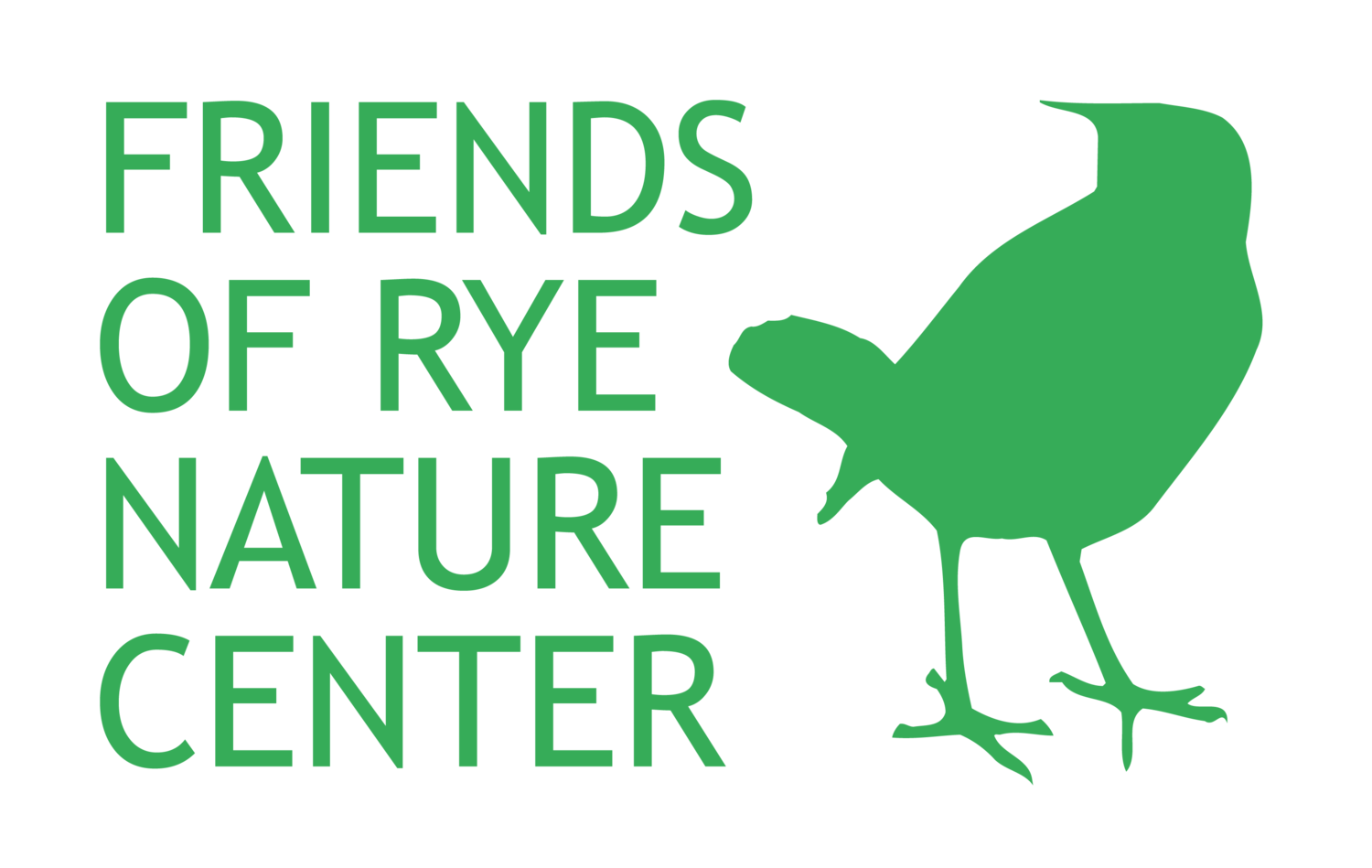- Tucker Smith, Guest Contributor
I first fell in love with the Parsons Ruins when I visited the Rye Nature Center as a little girl. While my siblings picked dandelions and climbed across rocks, I wandered between the old stone walls, marveling at their size and age. There is something deeply intimate about the Ruins––they are not the remnants of an ancient temple or a public building, but a home. The Ruins are an invitation to explore the lives of people in decades long past. When you stare up at the chimney, imagining a family sitting around it or someone adding coal to its hearth, you can’t help but be reminded that history is personal.
The estate, built 1905-1906, was called Furzen Hill, after a farm in Cubbington, Warwickshire that the Parsons owned in the 17th century. Marselis C. Parsons, son of Rye’s first village president, commissioned architect Grosvenor Atterbury to design the house. No contemporary blueprints of the house remain, but Marselis C. Parsons, Jr. drew this rough floor plan from memory in 1975.
Furzen Hill burned down in 1942, after spending a year vacant following Mr. Parsons’ death. The fire sparked from what officials called “mysterious origins” in the south wing and quickly spread throughout the house. The flames could be seen for miles, and despite the best efforts of local firefighters, by the next morning Furzen Hill was destroyed. The fire demolished the second floor, which consisted of wooden shingles. The outer walls of the ground floor, though, were made of gneiss rock from the Rye Nature Center quarries, and these stone walls remain as the Ruins today.
But before it burned down, Furzen Hill was a home full of life. The grounds boasted an apple orchard, multiple vegetable gardens, and a beautifully landscaped flower garden surrounded by acres of lawn. Some of these plantings can still be found at the Nature Center today, including the two Japanese maples that grow near the back of the Ruins’ foundation.
After the Parsons Home was lost, the City of Rye grappled with what to do with the land. Thirty-five acres of the property came into City ownership in 1945, when the Rye Park Commission convinced the City Council to preserve the land as a natural area. The Rye School Board considered converting the land into a grammar school, but the rocky terrain wasn’t conducive for building. So, in 1956, NY State legislature officially protected the tract as a site to maintain native flora and fauna.
Mayor Robert P. Hughes, who you might call the first Friend of the Rye Nature Center, championed this preservation project with enthusiasm. He assembled a committee to develop the park, and, with the help of local garden clubs and Boy Scouts, the Nature Center’s facilities and features began to take shape. Edith Read and local garden clubs were leading forces in establishing the Nature Center as we know it today.
In 1959, the acquisition of the Parsons carriage house and an additional two acres brought the Nature Center’s acreage to thirty-seven. The sixteen acres of land next to the Nature Center were owned by a woman named Mrs. Kirk, and though Nature Center advocates hoped she might will the property to the Center, the property went to Mrs. Kirk’s church after she passed away in 1963. When a forty-unit development was announced for the area, public outcry eventually persuaded the developer to sell the land for $100,000. This money was raised in part through a city grant, and partly by community members themselves.
When these advocates bought the additional 10 acres, bringing the Rye Nature Center’s total land to the 47 acres it has today, the environmentalists decided to organize. In 1964, they formed the Rye Conservation Society, which, in 1993, changed its name to the Friends of Rye Nature Center.
So in a way, Rye owes its Nature Center to the Parsons. Who could have guessed that one family deciding to build one house could lead to a center of education, conservation, and community?





